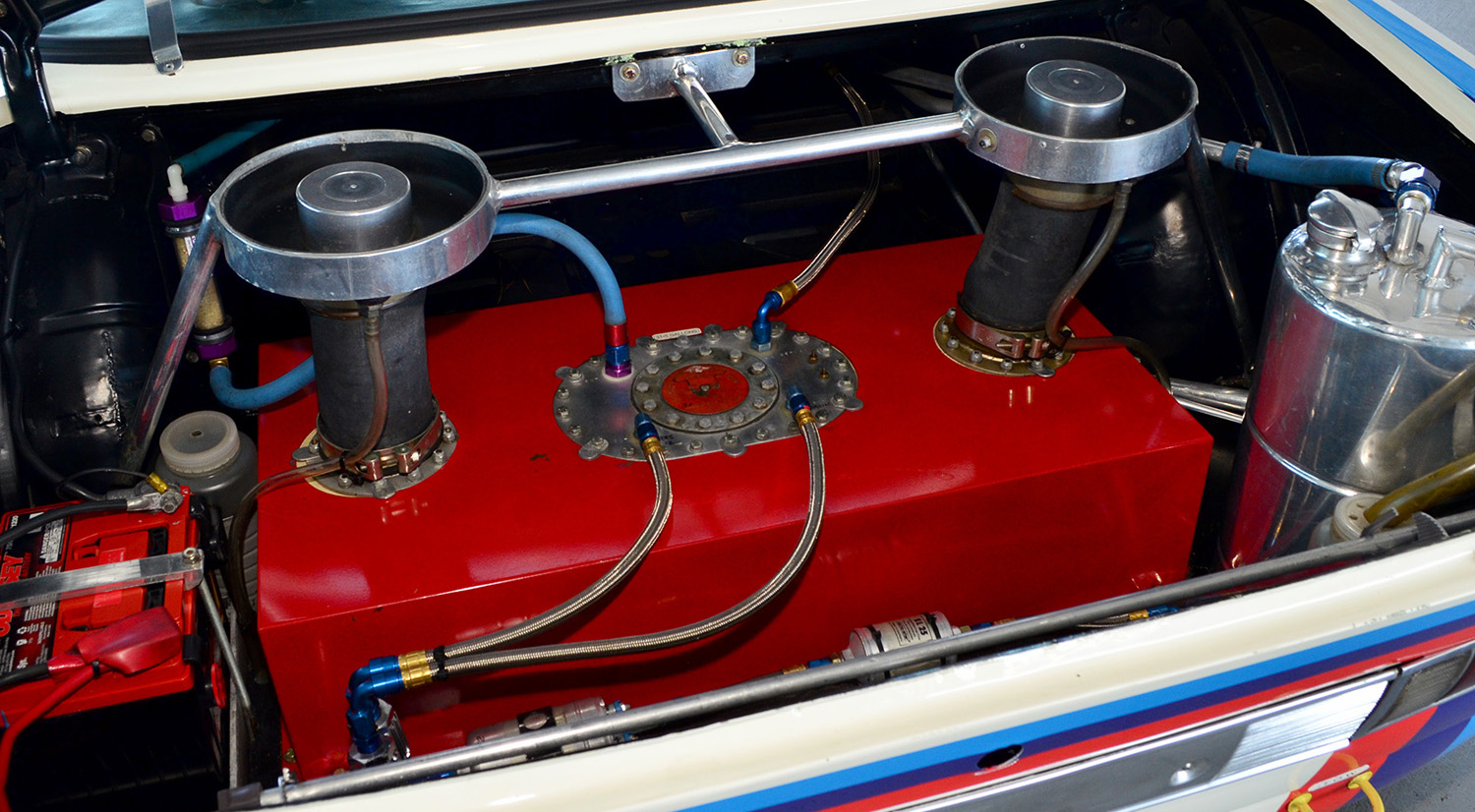Passion Meets Performance

The Science of High Octane Fuel
- David S. Wallens @ Grassroots Motorsports
- 15-May-19
- View source article
Higher-octane fuels are more resistant to engine knock than lower-octane options. This is why most high-performance engines require higher-octane fuels–in the simplest of terms, these fuels are more compatible with increased cylinder pressures, whether they’re due to the compression ratio, engine speed or boost pressure.
There’s another advantage of higher-octane fuels: They’re more stable when it comes to storage. To explain the science behind that fact, we’re going to crib from a post on the Sunoco Race Fuels website by Technical Specialist Zachary Santner:
“87-octane fuels tend to be less refined and contain more unstable hydrocarbons. As the months pass during storage, these unstable components react to form gums, varnishes and lower-octane hydrocarbons. As a result, the octane can decrease within months for 87-octane fuels, especially when stored under less-than-ideal conditions.
“93-octane fuels are more refined and contain more stable hydrocarbons. These stable hydrocarbons can last two to three times longer than those in 87-octane fuel. Even with proper storage, 87-octane gas can start to degrade in three months; 93-octane fuel should last closer to 9 months before degradation is noticeable. Keep in mind that 93-octane fuels are still susceptible to octane loss and vapor pressure decreases due to butane evaporation.”
So, other than cost, is there a downside to filling your tank with high-octane gas? “Filling up with premium when you don’t need it can help to clean the fuel system because it contains cleaner components than 87 octane,” Santner tells us. “No reasons to not use it, even in an 87-octane-minimum car.”
Race fuels, though, are a slightly different matter. Where street fuels are blended to meet a price point, race fuels feature better ingredients that lead to longer shelf life. If properly stored, Santner adds, Sunoco’s race fuels can sit around for two years or more without degrading.
